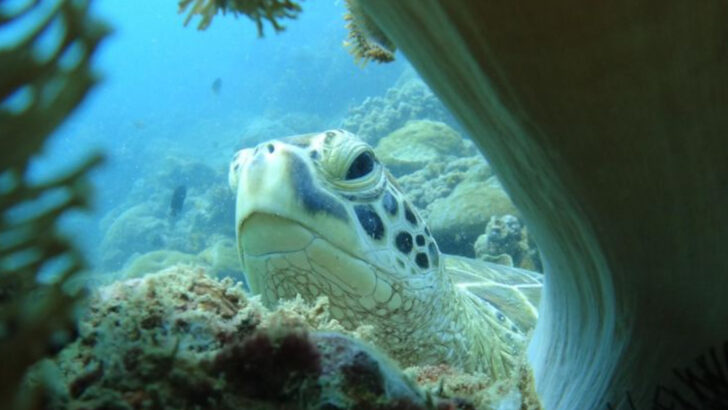The world’s oldest sea turtle isn’t just ancient—it’s a living legend that defies time itself.
This remarkable creature has witnessed centuries of change, swimming through oceans and surviving in ways that still baffle scientists. Its incredible lifespan and unique traits make it a true marvel of the natural world.
From its slow, steady pace to the vast distances it’s traveled, every detail about this ancient sea turtle tells a story of survival, resilience, and the mysteries of the deep.
Join us as we dive into 12 captivating facts about the oldest sea turtle ever documented. Prepare to be amazed by the secrets of this living marvel that has outlived generations and continues to inspire awe across the globe.
Longevity of the Turtle

This turtle defies the typical life expectancy of its species, living over 150 years. Imagine the stories it could tell! Each barnacle and weathered crease on its shell is a testament to the ages it has seen. Its longevity is a beacon of hope for marine biologists studying the conservation of these incredible creatures.
The turtle’s extended lifespan challenges our understanding of sea turtle biology and longevity, offering new insights into how these resilient creatures have adapted to survive the harsh realities of the ocean.
Unique Shell Pattern
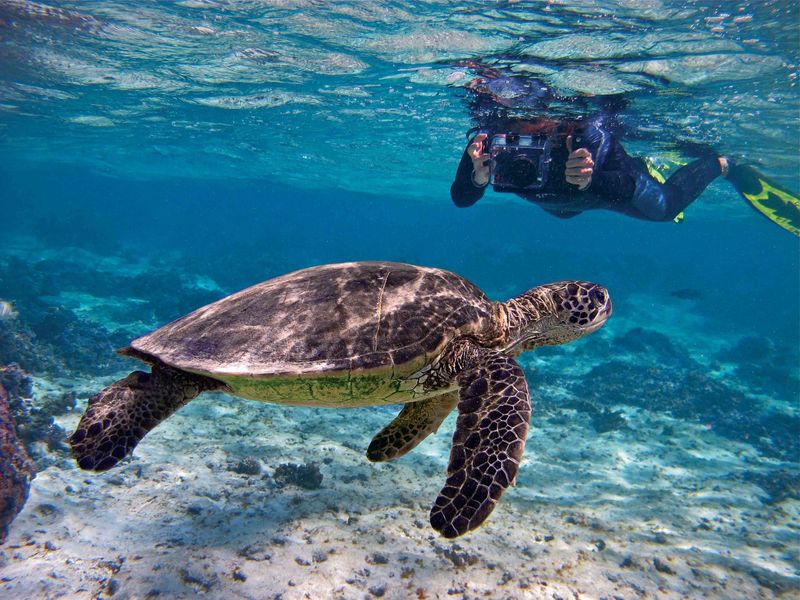
Unlike any other, this sea turtle’s shell tells a story of time and tide. With intricate patterns formed over decades, each groove and ridge reflects years spent navigating the vast oceans.
The distinctive design acts like a fingerprint, helping researchers identify and track its journey through the seas. This unique shell pattern not only aids in scientific research but also inspires artists and nature enthusiasts who see beauty in its ancient design.
Through the language of its shell, the turtle communicates its unique narrative.
Migratory Habits
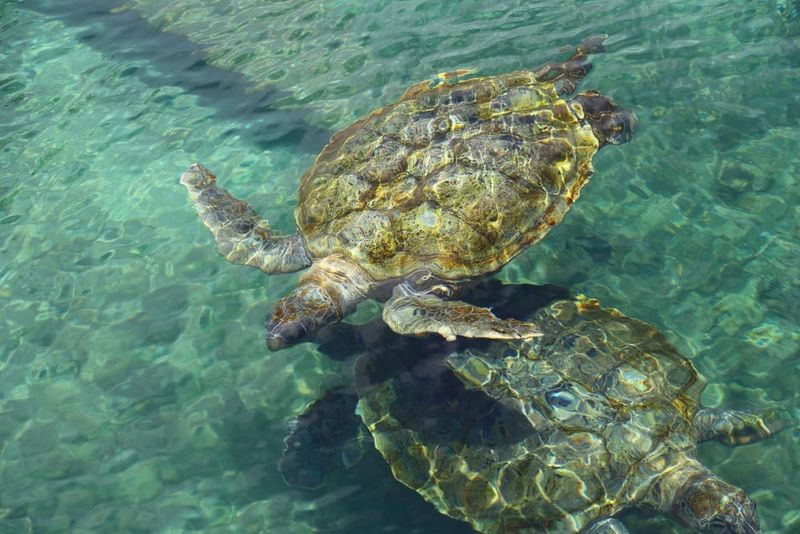
The oldest sea turtle is a true globe-trotter, having traversed thousands of miles across oceanic landscapes. Its migratory habits are crucial for research, offering insights into the behavior and ecological impact of sea turtles.
With journeys spanning multiple oceans, it demonstrates the incredible navigational skills these creatures possess. This turtle’s routes help scientists understand marine pathways and the challenges faced by migratory species.
By studying its movements, conservationists develop strategies to protect vital habitats and ensure the survival of future turtle generations.
Dietary Preferences
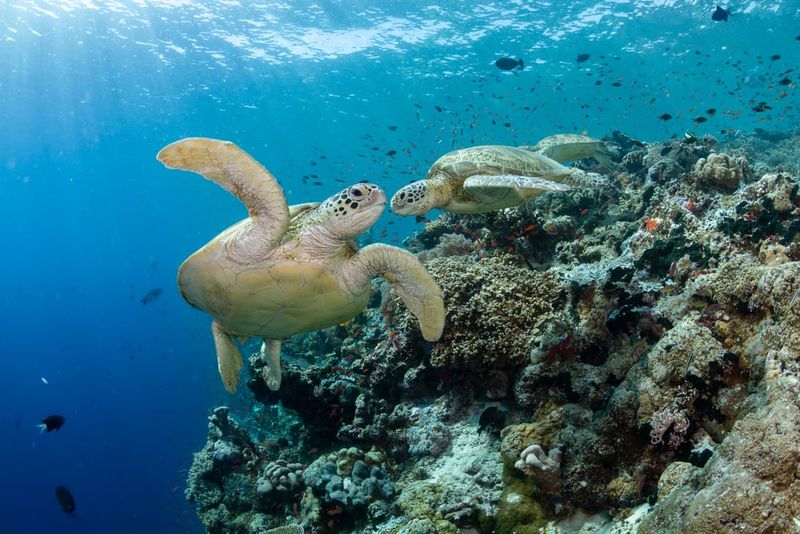
Feasting on a varied diet, this turtle’s palate is as adventurous as its travels. From jellyfish and seaweed to small fish, its dietary habits provide essential nutrients for longevity.
This diverse menu supports its robust health, enabling it to thrive in different marine environments. Researchers study its diet to gain insights into the health of ocean ecosystems and the availability of food sources.
Understanding its dietary preferences aids in conservation efforts, ensuring these vital food resources remain abundant for future generations.
Conservation Challenges

Living through centuries, the oldest sea turtle has witnessed dramatic changes in its environment. Conservation challenges, such as plastic pollution and climate change, now threaten its survival.
Despite these obstacles, its resilience offers hope and inspiration. By studying its ability to adapt, scientists can develop strategies to mitigate human impacts on marine life.
This turtle’s story emphasizes the urgent need for conservation efforts to protect our oceans and the diverse life within them, ensuring the oldest sea turtle’s legacy continues.
Reproductive Success

The reproductive success of this ancient turtle is a marvel in itself. Having laid countless eggs over the decades, it has contributed significantly to its species’ survival.
Nesting on sandy beaches under the moonlight, this turtle’s legacy continues through its offspring. Understanding its reproductive habits provides valuable data for conservation programs aimed at increasing hatchling survival rates.
Protecting nesting sites and ensuring safe passage for hatchlings are crucial for maintaining healthy sea turtle populations, inspired by this turtle’s enduring success.
Historical Significance
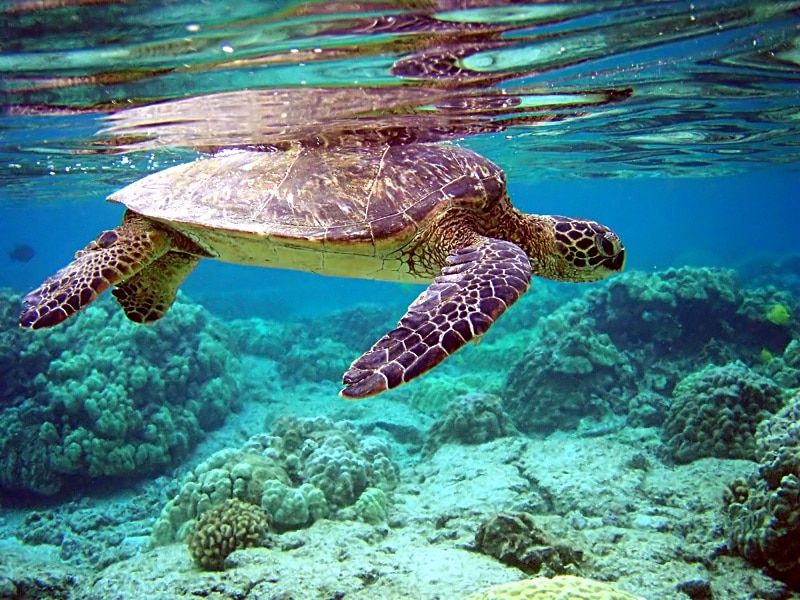
With a lifespan spanning generations, this turtle serves as a living link to the past. Its historical significance is not just rooted in its age but also in its role within marine ecosystems over the centuries.
Researchers consider it a time capsule, providing insights into the ocean’s health and changes throughout the years. Studying its long life helps scientists understand historical conditions of marine environments and the effects of human activity.
This turtle’s existence is a bridge connecting us to a bygone era of the oceans.
Genetic Resilience
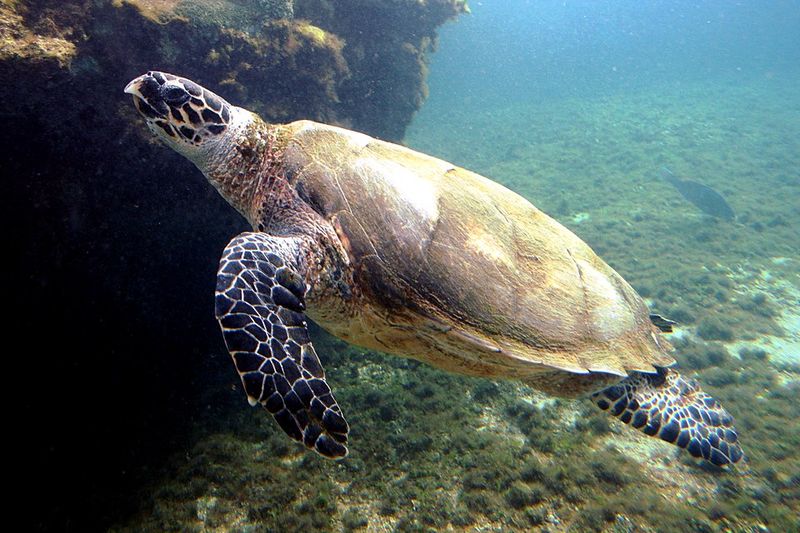
What makes this turtle a survivor among its peers is its genetic resilience. Overcoming diseases and adapting to environmental changes highlight its robust genetic makeup.
Researchers delve into its DNA to unlock secrets of longevity and resistance, hoping to apply these findings to conservation efforts. This genetic blueprint is crucial for understanding how sea turtles withstand challenges and continue to thrive.
Its resilience offers a beacon of hope for the future, suggesting that even amid adversity, life finds a way to endure and flourish.
Behavioral Adaptations

This turtle’s life is a testament to remarkable behavioral adaptations. Over the years, it has developed strategies to survive predators, find food, and navigate the ocean’s vastness.
Its ability to adapt ensures its survival in ever-changing marine landscapes. Researchers are fascinated by these behaviors, studying them to understand how sea turtles cope with environmental pressures.
Insights from its adaptations guide conservation efforts, helping protect not only this turtle but also its entire species. These behaviors are a powerful reminder of nature’s ingenuity.
Cultural Impact
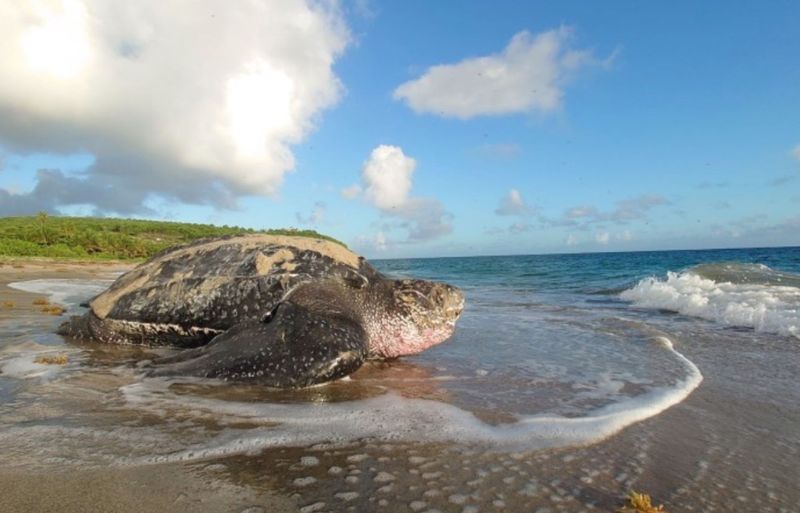
Sea turtles, including the oldest one, have left a lasting cultural imprint. From ancient folklore to modern art, they inspire awe and reverence. This turtle’s long life has witnessed cultural shifts and human interactions, enriching its story.
Its presence in mythology and art highlights the deep connection between humans and marine life. By exploring its cultural impact, we gain a deeper appreciation for the role sea turtles play in our collective imagination.
Their symbolism as ancient mariners speaks to the enduring bond between people and the sea.
Role in Marine Ecosystems
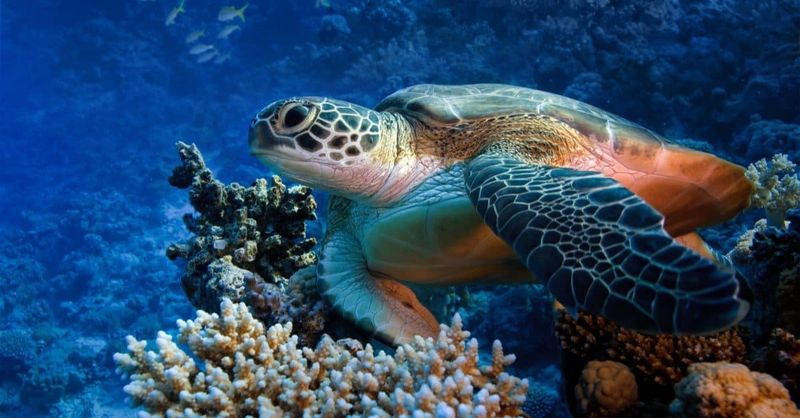
This turtle plays a vital role in its marine ecosystem, from maintaining healthy seagrass beds to balancing prey populations. Its presence supports biodiversity and contributes to the ocean’s overall health.
Researchers study its interactions within the ecosystem to understand the intricate web of life in the seas. By protecting this turtle, we safeguard the marine habitats it helps sustain.
Its role in the ecosystem underscores the importance of each species in maintaining the delicate balance of oceanic environments, emphasizing the need for conservation.
Mysteries Yet Unsolved
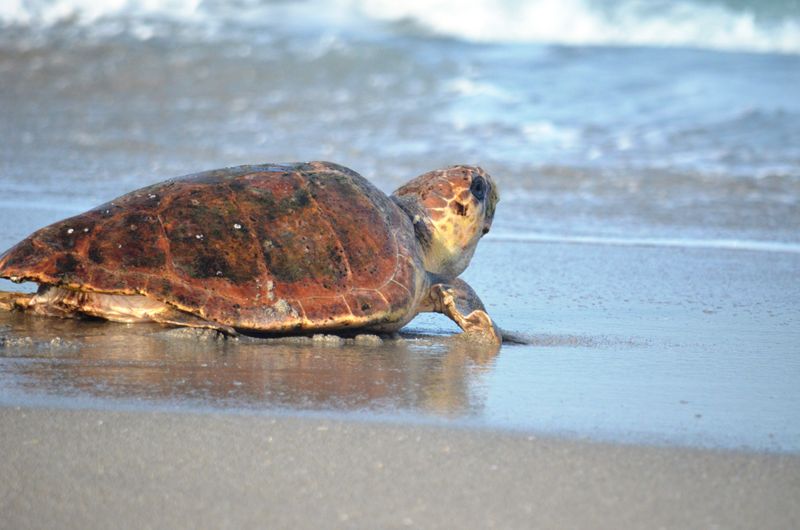
Despite the wealth of knowledge gained, this turtle holds mysteries yet unsolved. Its life beneath the waves is a narrative waiting to be fully understood. Ongoing research seeks to uncover secrets about its navigation, communication, and unexplained longevity.
These mysteries drive scientific inquiry, pushing the boundaries of what we know about marine life. The oldest sea turtle remains an enigmatic ambassador of the ocean, inviting us to explore and learn more. Its story is a reminder of the endless wonders that the seas still hold.

